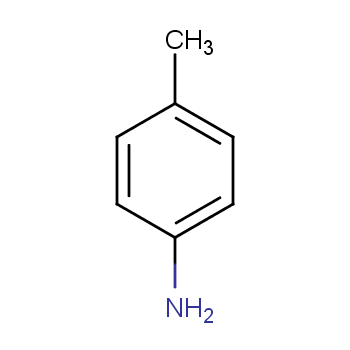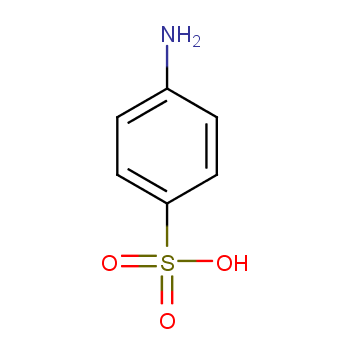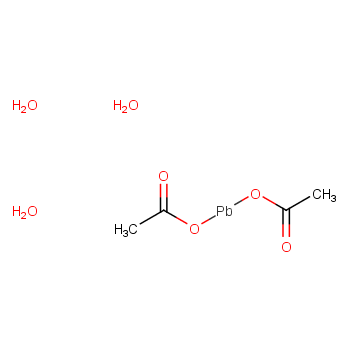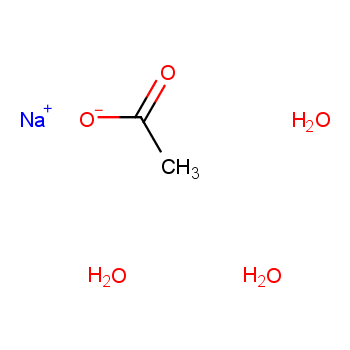The inception of mordant dyes originated from the application of natural pigments in the dyeing process, following the "dye-medium-fiber" model. This model stipulates the necessity of employing metal salts as a medium to facilitate the fixation of dye onto the fiber. The dyeing process associated with mordant dyes is characterized by its intricate nature, requiring meticulous steps. The resultant color of the final product, however, typically tends to lean towards darker shades.
Mordant Dyes Categories
Mordant dyes can be classified into two distinct categories: acid mordant dyes and premetallized acid dyes.
Acid Mordant Dyes: These water-soluble dyes possess structural elements capable of forming complexes with metal ions. They are frequently applied in dyeing protein fibers and acrylic fibers, with a notable emphasis on wool. The integration of acid mordant dyes yields vibrant and enduring coloration.
Premetallized Acid Dyes: Representing another facet of mordant dyes, premetallized acid dyes encompass water-soluble dyes that are already in complex with metals. This trait liberates them from the requirement of being dyed alongside metal salts. These dyes are recognized as metal complex dyes, embodying a process that is both efficient and effective.
Usage of Mordant Dyes products
Mordant dyes, characterized by their water-soluble nature and inherent capacity for complexation, find versatile applications in various industries. Upon dyeing fibers, they achieve permanence through metal complexation or complexation transformation, resulting in enduring and vibrant coloration.
Textile Industry: Mordant dyes are extensively utilized for dyeing natural fibers like wool and silk. Their ability to form stable complexes with metal ions enhances color fastness, ensuring longevity and richness of color in textiles.
Fashion and Apparel: Mordant dyes contribute to the creation of intricate patterns and vibrant hues on fabrics, adding aesthetic appeal to garments, scarves, and accessories.
Home Furnishings: They play a role in dyeing materials used in home decor such as curtains, upholstery, and linens, allowing for the customization of interior spaces.
Art and Craft: Mordant dyes are a preferred choice for artists and crafters seeking to imbue fabrics with distinct shades and patterns for various creative projects.
.more+






